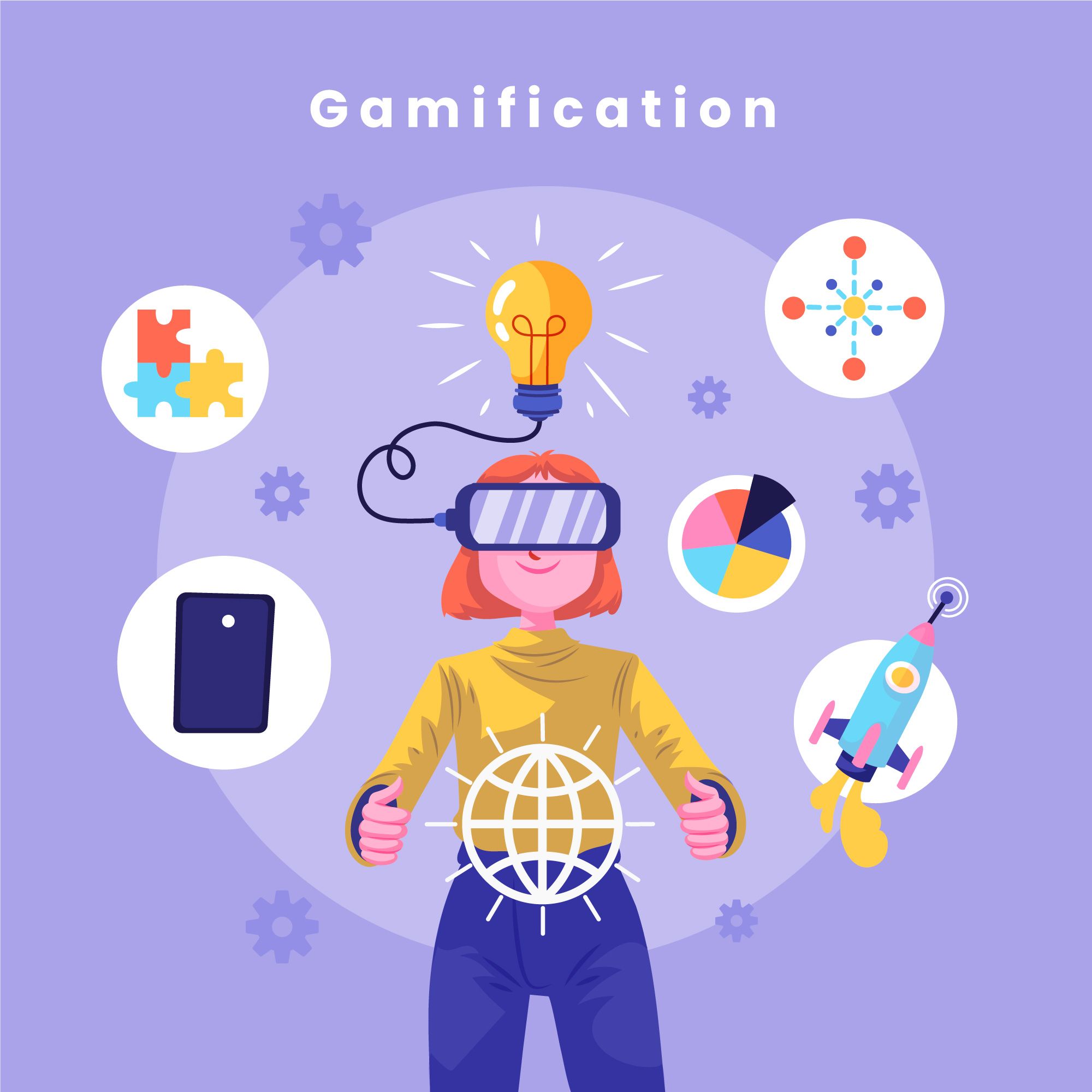Here’s How You Should See The 21st Century Talent For 4th Industrial Revolution

A new anthrocultural system for non-traditional talent
Traditional business methods try to woo customers through the rational neo cortex reasoning brain. Humans, however, are often unreasonable and irrational.
Therefore, an organisation’s system, talent process and culture must align anthropologically to its user in terms of its desirability in its offering and feasibility in its delivery, while being viable and profitable, with a structure that provides the infrastructure to shape this high-performance anthrophillic organisation that delivers the ultimate user value and experience.
A high-performance anthrophillic and design thinking-driven organisation will have these characteristics:
- Purpose
- Principles, values and guiding philosophy
- Respect
- Good communication
- Empowerment
- Robust system
- Effective business model
It is no coincidence that all seven areas in the abovementioned are driven by talent. The combination of the right talent, mind sets and skills is what drives successful organisations. Therefore, in an anthro way, talent needs to be defined through more holistic lens, i.e. the 5QTM Framework where P=Passion; E= Emotional, A=Adversity, C=Curiosity and I=Intelligence as depicted in Figure 1.

Figure 1: 5Q™ Framework of talent management
This might interest you: The Impact Of Culture On Your Organisation’s Results
New talent management view
In the past, the A+ student in schools or universities were glorified. In the 1980s, these assumptions were challenged. Technology billionaires such as Bill Gates, Michael Dell and Steve Jobs demonstrated a more integrated blend of talents and competencies that are more holistic in nature.
Among the academic community, they often share this internal joke to young and upcoming professors: “Always treat your “A” students nice, they would come back and become your colleagues. Treat your “B” students even nicer as you will need their government grants and approvals for your projects. But always treat your “C” students the best, as they will be the ones who will finance your buildings and research.
Fred Smith of FedEx fame, was an example, having gotten a “C” for his FedEx project concept paper during his final year by his marketing professor. Similarly, Galileo Galilee was ostracised for his planetary theory only to be proven right and won universal acceptance after his demise. Christopher Columbus was celebrated for making a mistake by going the wrong way and discovering the Americas which he thought was Asia. Alexander the Great struggled to unravel the Gordian Knot and chose to cut it so he would become the prophecy.
What would you make of these people? They had curiosity and passion and faced a lot of adversity that made them think out of the box and persist until they were proven or vindicated. Yes, they became market and mindset disruptors.
IQ used to be the standard for measuring talent. In 1995, Daniel Goleman with his book Emotional Intelligence – Why it matters more than IQ followed by Travis Bradberry’s EQ 2.0 in 2002 changed these perceptions.
More importantly, anthropology principles were violated with the IQ standard because of the assumption that people are the same everywhere. For example, it is almost impossible to install key performance indicators in a company if the culture is not ready for it. It is like planting seeds without preparing the soil. The seed is the initiative and the culture is the soil or heart of the organisation.
Related post: In Creating A High-Value Anthrophillic Organisation, Start With Culture!
21st century (21C) Talent – The new equation
So, what is the new talent equation? In this age of disruption and the arrival of the 4th Industrial Revolution (4IR), having holistic, adaptive and agile talent capabilities and abilities are essential.
The 5QTM Framework will help address today’s unmet needs in organisations to help companies make money without being mean but making it meaningful and give people a means to “make a life” instead of just “make a living”.
In the 5QTM Framework, through anthropology lens, we go beyond IQ and EQ, and consider the following:
- CQ – Curiosity Quotient
Leveraging on IQ as a base when supplemented with high CQ will help build the T-shaped talent. - PQ – Passion Quotient
Leveraging on EQ as a base when supplemented with high PQ will promote sincerity. When emotion goes into accelerated motion, it turns to passion. Passion turns people on and it’s the fuel that drives people beyond natural limits. There is a saying that “if the why is strong, the what doesn’t matter”. - AQ – Adversity Quotient
Being ready to take on challenges both in terms of mindsets and actions. High AQ translates to capacity for rapid reactions, renounce norms and not afraid of reinvention. AQ is a measure of human resilience in transforming performance, culture, beliefs, mindsets in the face of challenges and uncertainty with an unshakeable never-give-up attitude. It is the capacity of the person to deal with adversities.
With disruption happening at an unprecedented pace, the entire talent view must change. And talent requirements need to be defined and designed into the culture fabric of the organisation so that time is spent sharing and collaborating instead of protecting their turfs.
From an anthropology point of view, the 5QTM Framework will help meet this new 21C talent requirements and challenges. 5QTM Framework will enable organisations to be more humane, resulting in such anthrophillic organisations to reframing the way they approach talent acquisition, development and recruitment.

Figure 2: Evolution of talent development
(adapted from Harvard Business Review, Jun 2015)
21C Talent – New requirements
So, the 21C Talent view will reskill and renew people to be equipped with new capabilities and allow them to adapt by constantly learning, unlearning and relearning and creating bigger talent pool rather fighting for the “same old, same old” talent pool.
By taking a 21C Talent view along with the adoption of the 5QTM Framework, there should be no talent shortage as this issue arose as a result of the old paradigm thinking that talent comes in fixed and standard sizes. When people develop passion and curiosity coupled with purpose and meaning – they tend to do the impossible by overcoming adversities.
Companies therefore must look at talent from a 5QTM Framework perspective and provide an environment where sharing, experimentation, learning and collaboration are encouraged.

Figure 3: 21C Skills Framework
In line with this, employees need not have all the technical competencies if their culture promotes sharing, collaboration and integration of resources. Companies can practise cross-value innovation within the company, and outside the company with synergistic parties and through shared platforms.
In the future, more cross sharing will take place. For example, a human resources (HR) manager can be a HR manager of a few companies as a service provider. Similarly, an engineer, accountant or information technology professional can be working for a few companies at the same time.
Doctors and hospitals have long been doing this. Housewives can cook for one another, or take turns to cook. Mothers can baby sit each other’s kids on rotation and even teach kids on rotation. Hence, the future workforce may be more contractual than dedicated employment.
See also: The Maths Of Becoming A Talent-Plus Person
21C Talent – The T-shaped employees
Today’s competitive landscape and the 4IR mean requirements is constantly shifting. In such an uncertain environment, it’s impossible to predict specific technical skills set needed for employees and leaders going forward.
What makes someone successful tomorrow maybe in how they adapt, adopt and apply as opposed to their in-depth specialisation. So we shouldn’t be asking whether people have the right skills; we should ask whether they have the 5Qs.
Angela Duckworth, a psychologist and author of Grit summarises it best when she commented that when comparing career accomplishments, it is normal to find the school genius struggling with their career but the best predictor of success are those with a combination of passion and perseverance.
In short, besides IQ and EQ, anthrophillic organisations need to look for PQ and AQ attributes, while enabling a culture that encourages the building of T-shaped employee in ensuring successful talent, and T-shaped people can only happen if they possess a high CQ.

Figure 4: T-shaped employees
Imagine, without the 5QTM Framework, organisations will struggle to succeed when faced with the challenges of the 4IR:
- “… even a monkey can manage that place!”
… if faced with the Gordian Knot, one will probably just wait around for someone to take on the challenge but he will struggle in finding new talent and implementing innovations… - “… fire that manager or your job is on the line…”
…if faced with the Gordian Knot, one will probably end up killing the many who failed. He would constantly be looking to buying new vs developing from within, resulting in low morale, high turnover and little loyalty… - “… actually, I am the greatest risk for the company because I have no successors…”
…if faced with the Gordian Knot, one will probably resign to the fact that it is unsolvable. He accepts that he will not be a world conqueror, hence he spends more time justifying its lack of ambition and living off status quo…

Figure 5: Innovation and the 5Q™ Framework
The writers are passionate about creating better workplace. They are deeply curious in developing new ways to enhance organisational culture and effectiveness. To share your thoughts, email us at editor@leaderonomics.com. For more Consulting Corner articles, click here. To engage Leaderonomics Good Monday for your organisation’s culture needs, email info@leaderonomics.com.
Functional
This article is published by the editors of Leaderonomics.com with the consent of the guest author.






